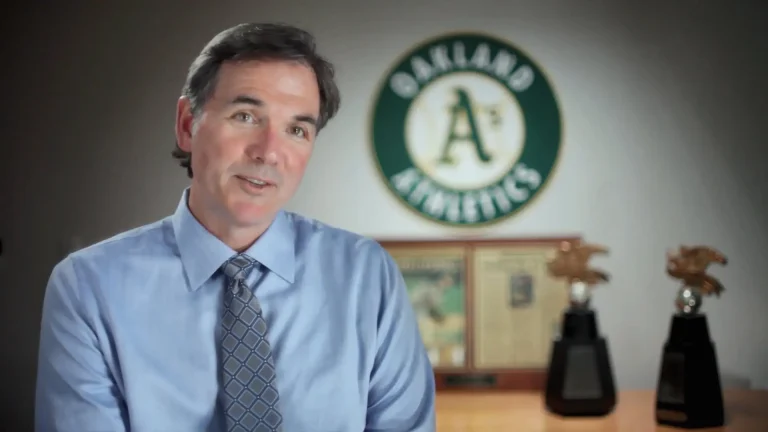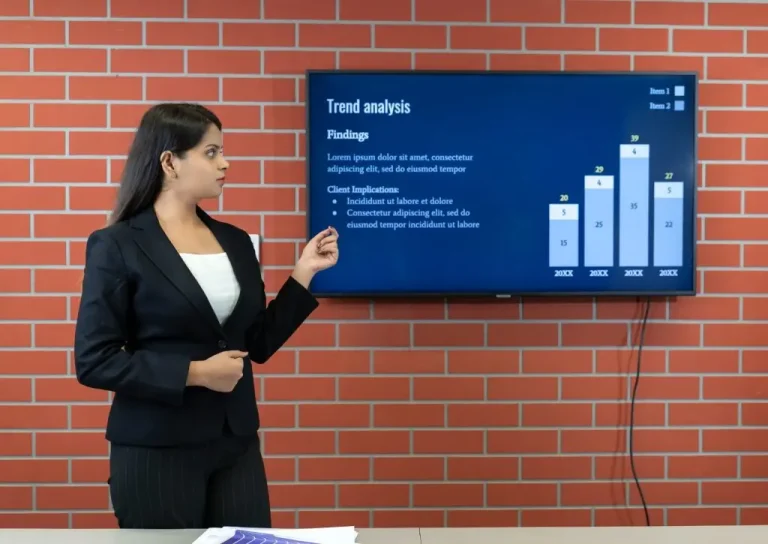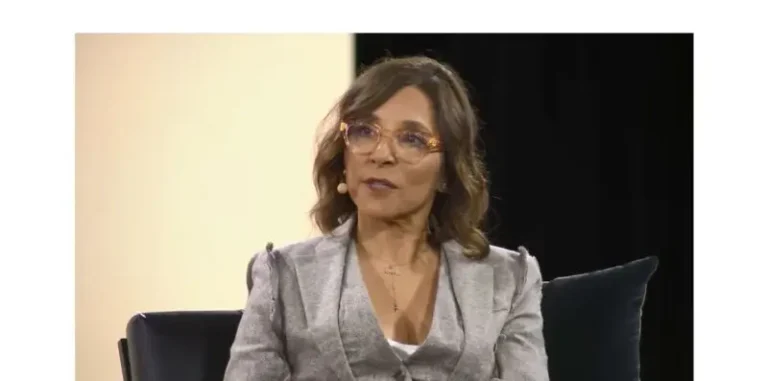Don’t let these 4 obstacles undermine your comms audit
It’s an ideal time to assess the state of your communications. Here are some answers to common questions about investing in the process
Do you know the current state of your communications?
Many organizations are long overdue for a comprehensive assessment, given the unprecedented disruptions of the global pandemic, its economic impact and current social unrest around racial equality and inclusion.
But let’s face it: Things can get in your way, especially these days. Here are the four most common obstacles we hear about from our customers:
1. “Measurement tools and audits are expensive. I’ll never get it approved.”
Here’s a twist on the old adage: You have to spend money to save money.
Communications audits help you focus your strategy on communications that are most effective so you can stop wasting money on those that aren’t. Audits help those decisions be data-driven and fact-based.
Your leaders, who make business decisions based on metrics, understand that. They want to see a return on their investment. Show them how more effective and efficient communications delivers big-time savings in budget and productivity.
What organization doesn’t want that?
2. “We look at metrics like opens and clicks and views on articles, but don’t know what is good. It seems impossible to get a benchmark.”
The greatest mistake communicators and PR people make is measuring outputs instead of outcomes.
Outcomes are the change you want from your communications: a change in understanding or knowledge, a change in attitude, or a change in behavior or action taken.
Output measurements generally improve tactics, while outcome measurements improve strategy. It is more powerful to measure what people know, what people think or feel about what they know, and what people do as a result of what they know and how they feel about it.
While outputs may tell you which communication tool or process is most effective, measuring outcomes helps you to determine cause and effect, identify business drivers, improve business performance and show return on investment. Do both.
As for benchmarks, we use three for open, click and view rates:
- Past performance
- What the C-suite wants and cares about (through the audit’s executive interviews)
- Peer comparison. (Because we’ve done so many audits, Ragan Consulting has this benchmarking data.)
3. “I can’t do a survey. My employees have survey fatigue, and it will be a waste of time.”
Survey fatigue is a real thing, but current research actually shows that employees have been more likely to respond to surveys during the COVID-19 pandemic.
Still, there are ways to make your communications survey stand out from the rest and break free from survey fatigue:
- Communicate the value of your survey. Make it clear that employees are helping to improve communications by providing their input and feedback. Tell them why that’s important and what you will do with the results.
- Speaking of results: Always share the results with employees as soon as you can, and tell them the actions you plan to take based on the findings. Nothing builds survey fatigue faster than asking employees to take the time and then never sharing the results. And if nothing changes, why bother conducting surveys at all?
- Make your survey questions relevant. Keep your questions clear, simple and easy to answer. There is no “nice to know.”
- Keep it short—under 10 minutes. Respondents burn out when a survey is too long. They may drop out, and some may not answer with as much thoughtfulness or intention as they did at the beginning of the survey.
- Vet your survey. Take the survey yourself and have your colleagues take it, too. If you find stumbling blocks or confusion, make modifications before sending it out to employees.
- Use targeting and segmentation to reduce survey fatigue. Personalization increases response rates and reduces drop-off midway through a survey. By sending the right surveys to the right people at the right time, you’ll be targeting the people most likely to respond.
4. “We already do an engagement survey and I get a few questions on there.”
We hear this one a lot. There’s a big difference between a comprehensive communications audit and getting a few questions on an engagement survey. In the audit, you will:
- Measure the effectiveness of current communications vehicles
- Identify communications strengths, weaknesses and barriers
- Assess expectations and desires of employees as they relate to communications
- Ascertain which communication vehicles work well and which need to be improved, including employees’ preferred delivery/source and frequency of communications
- Understand the perception of communications from various employee audiences, such as departments, locations and levels
- Gain an understanding of what employees want to know (e.g., content areas, topics of interest and most useful information), as well as what type of information they do not want to receive
- Measure understanding/resonance of strategic messages among employees
- Propose communication tactics, vehicles and processes that actively inform, engage and motivate employees
- Reach the right audiences with the right messages
- Gather ideas and generate recommendations to optimize communications moving forward, including innovative, creative and sustainable communication programming focused on “need to know” information
- Help employees understand what the information means to them specifically
- Identify the best ways to make efficient and effective use of the communications staff time and resources
- Establish baselines for future evaluation
When it comes to comms audits, one size certainly doesn’t fit all. Ragan Consulting Group will work with you to tailor your assessment to your needs, your priorities—and your budget.
Katrina Gill is a consultant for Ragan Consulting Group and specializes in communications audits and assessments.
Contact our client team to learn more about how we can help you with your communications. Follow RCG on LinkedIn and subscribe to our weekly newsletter here.







